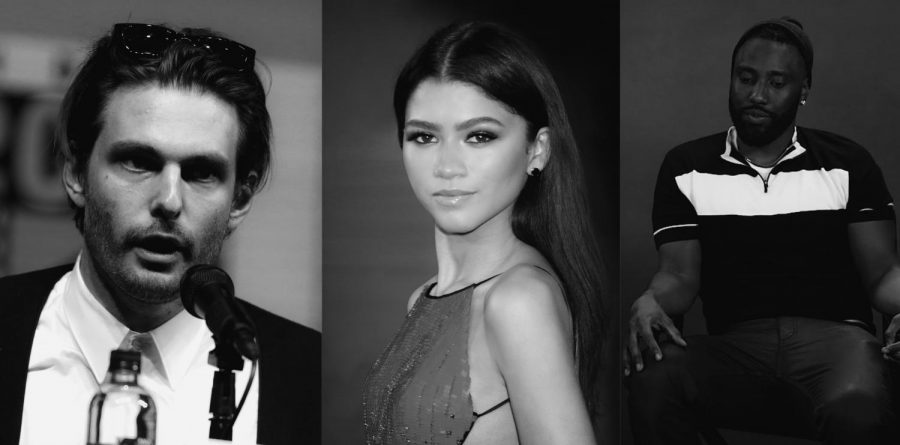There are nights of meaningful discussion that shape the rest of our lives. Sam Levinson’s newest film, “Malcolm & Marie,” starring Zendaya and John David Washington, chronicles one such night for a filmmaker and his girlfriend.
Levinson and Zendaya have invested themselves in exploring new forms of creative expression throughout the pandemic. Like the two special episodes of “Euphoria” the pair worked together on, “Malcolm & Marie” uses its limitations to arrive at a more personal form of filmmaking.
Filmed over a mere three weeks, the crew of “Malcolm & Marie” had to abide by all of California’s COVID-19 protocols. The film’s small budget and lack of superfluous action is immediately noticeable and refreshing, though slow at times.
The film follows the titular couple the night after Malcolm’s (John David Washington) movie premiere. After the couple returns home, the night quickly spirals out of control as they argue about Malcolm forgetting to thank Marie (Zendaya) during his speech.
Over the course of the film, we get to see Malcolm and Marie lose their glamor and glitz, as the prestige surrounding their public personas quickly erodes while they quarrel in their bedroom. We come to see Malcolm and Marie at their most vulnerable as they begin hurling each other’s most personal secrets like weapons. As a result, the film’s argument becomes its plot, slowly unfurling into a meditation on topics ranging from addiction to recovery, domestic abuse to the Black Lives Matter movement, and the fraught relationship between capitalism and art.
Levinson relies on long shots, alternating between close-ups and wide frames, hoping to showcase the script and its dialogue in its greatest potential. Zendaya’s passion and ability to change minute facial muscles in a matter of seconds makes her words all the more impactful.
The film’s wit, social commentary and repetitiveness can perhaps be best summarized in Malcolm’s reaction to a review of his film by “a white woman from the L.A. Times.” The camera stays still on a frame of Marie lying across the couch, watching Malcolm pace back and forth. Malcolm talks incoherently for an uncomfortable amount of time, claiming the critic unjustly politicized the film because she was too uneducated to truly critique it, adding that racial and gender identity are constantly shifting, and any attempt at reducing art to reason is nonsensical.
Malcolm’s monologue makes unique and provocative assertions, but the unnecessary amount of hypothetical allegations weakens his rhetoric rather than benefits it. While Malcolm sustains his yelling match with himself, Marie lays nonchalantly on the couch with a smirk. Like the audience, she understands that his anger is fruitless.
The entire film embodies this teetering between introspection and monotony. While these spontaneous arguments might be compelling at the start, the dialogue becomes unproductive. Marie even says to Malcolm at one point, “You could’ve won with 20% of what you said.” As the dialogue meanders from topic to topic and the shouting goes on for hours, the original protestation becomes lost.
“Malcolm & Marie” makes it quite clear that Levinson, Zendaya and Washington have many motivations driving them to create art calling for change. Despite Levinson’s best efforts to create a film about multiple political ideals, his ambitious feature ends up spanning too many subjects, losing itself in its own argument, just like his characters. At its best, the film characterizes artists’ will to create during the pandemic, showcasing how passion can overcome seemingly insurmountable limitations.
Email Victoria Carchietta at [email protected].























































































































































